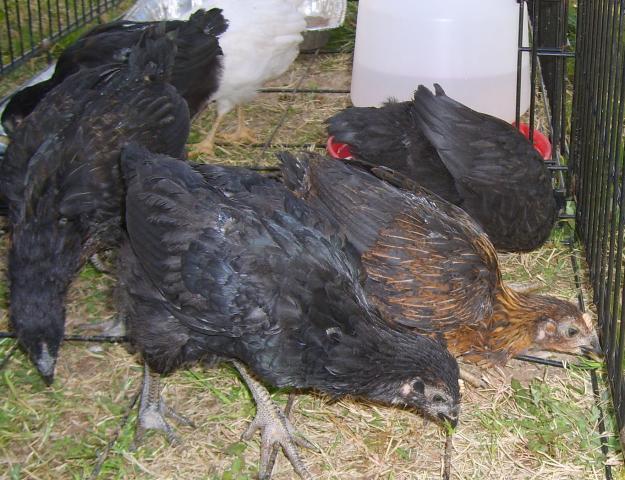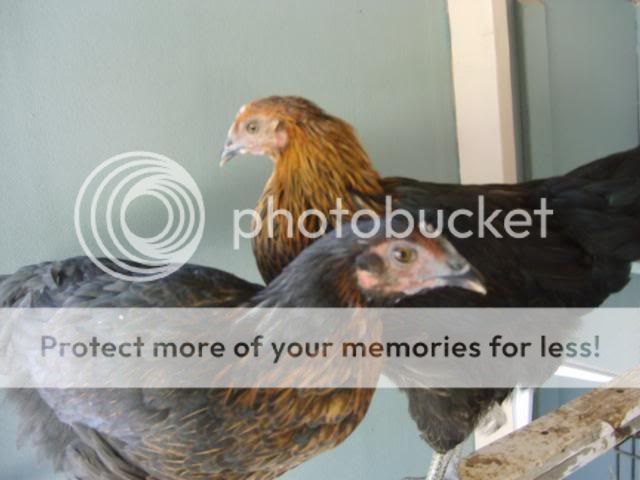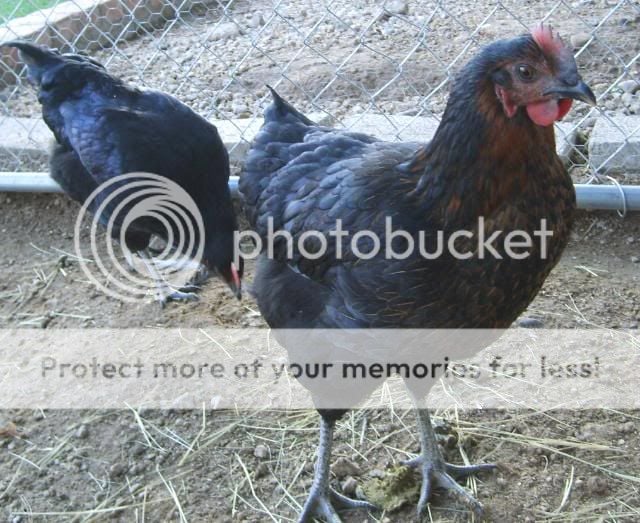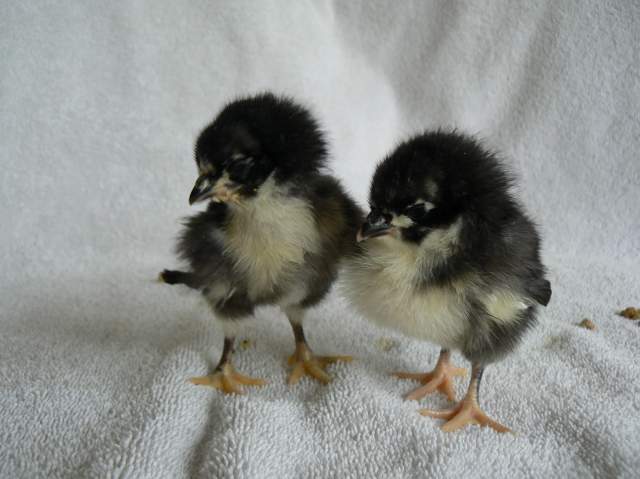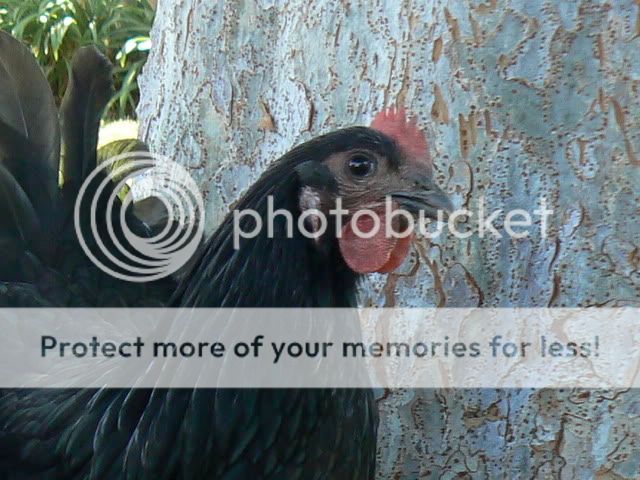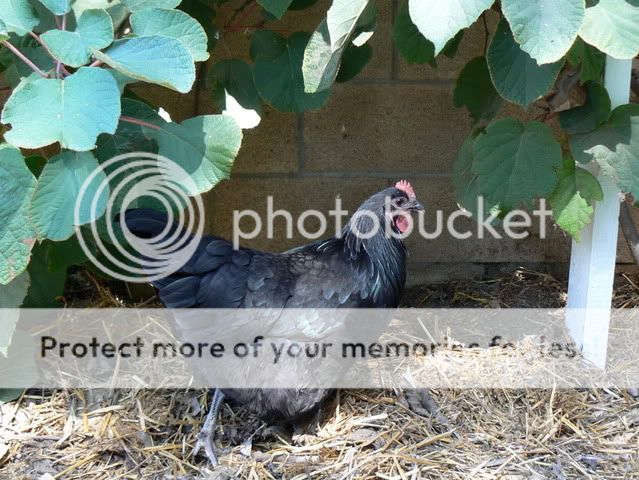thats not as bad as mine, was it very dark when she was just a few months old?
Overall she is a very nice hen. ,. I will try to get some close up pics of my hens so you can see the combs are just black at 4 mos. Interesting but Ive never seen this befor. There is a new book about australorps I am going to get. the man has bred more top show birds than anyone and is an authority. Funny all three of my mulberrys came out of the same hen yet her and the roos combs are red.
I wish there was an expert in this type of thing (dark combs, doesnt appear to be any illness but instead something in the genes.) that we could all talk to about these issues..
I did contact a couple different people about this, one said that treat it with suspission but It may be something that can be bred back out without too much trouble. Somewhere in thier past this gene was a normal occurence like sumatra ect..., He said something about it is not from inbreeding but outbreeding I didnt really understand that part.
He said the best australorps in Australia (show birds) are in very big demand, short supply and long long waiting list. You can view just a sample of the long list on australorps australia web page. You see one seller and hundreds of wish lists.
People write from all over the world looking for the really top show birds but the breeders , if they have good pullets are like platinum to them and they just do not give them up for any price.
The conversation got interesting, There are 2 types of australorps, the utility egg breeders complain that the show breeders are ruining the birds by turning them into what they call ""feather dusters"". The birds were bred for egg and meat production to some breeders That was the origional intention., The show people have an ideal of what they want a bird to look like and do not include egg production and quality in the judging which to certian people is not acceptable, Some australorps breeders show both birds and eggs, some show only birds, some only eggs.
He said at one time the buf orp was nearly ruined by show people many years ago and fell out of fashion because of it in a lot of places, buf orp is on the watch list for too low number in britian. sebrights too, birds fall into and out of fashion. people trying to breed for a certian look and not the overall quality , again he called them feather dusters, but breeders are working back to good quality nice looking buff orps again today, and they are gaining in popularity from a handfull of dedicated caring breeders.
I was told be careful breeding australorps with too much white in the beak , thier offspring tend toward purple in feathers, big no no, but again there is a way to breed it out careful selection.
I told him three hens with the mulberry or dark colored combs are overall good birds that lean more toward the ""feather dusters"", super nice build eyes, head , beak shape ect... the rest of our flock have red combs and not as plump looking.
Thanks for posting the pic.
. I am really bad at getting good pics but will try to get a hen to hold still for a second to get a pic.. I think you'll find it interesting.
Hopefully its just nothing that we should be too worried about and can be corrected.
Overall that is a nice hen
.



